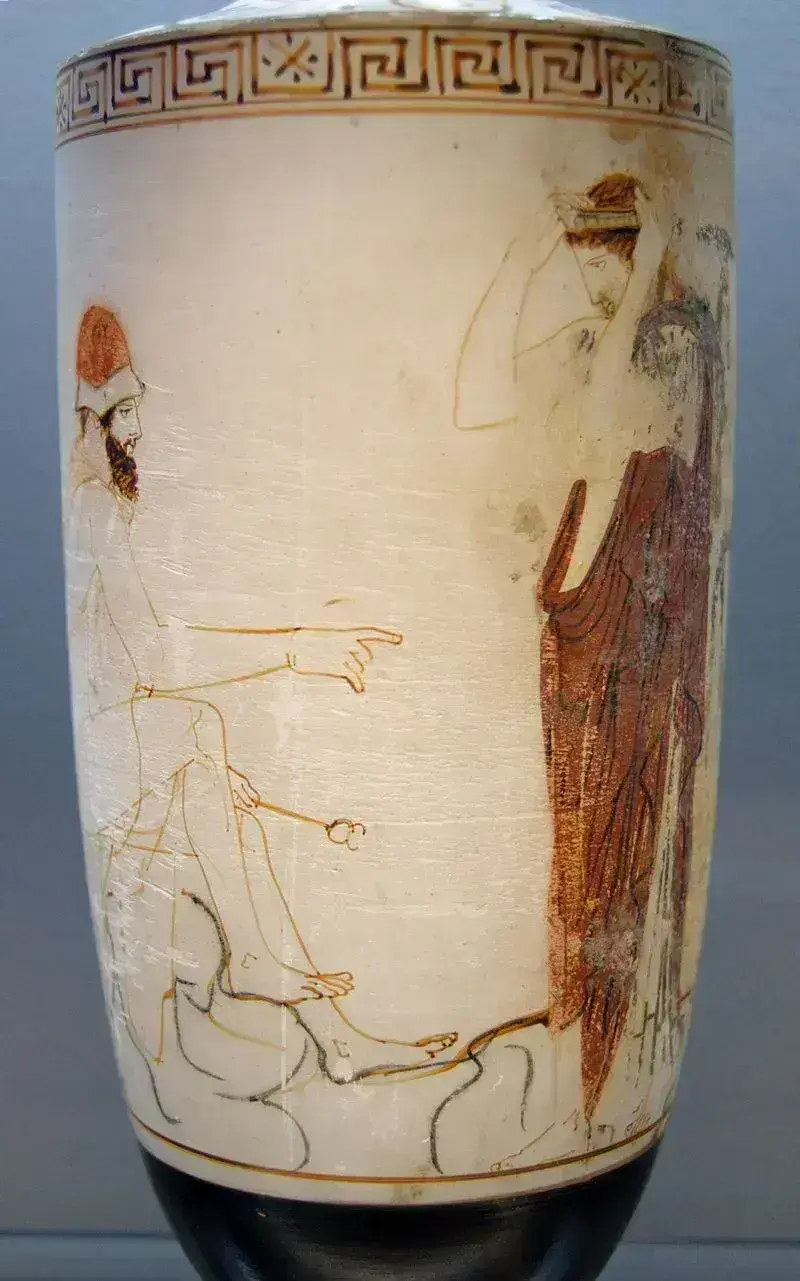Greek Underworld

The underworld (Ancient Greek: ᾍδης, *Háidēs*) in Greek mythology represents one of the three cosmic realms, serving as the destination for all mortals after death. Early Greek belief held that at death, a person's essence (*psyche*) separated from their body and journeyed to this realm. While Homer's epics portrayed the afterlife as a place where all souls shared a shadowy existence, later traditions, influenced by Platonic philosophy, introduced the concept of judgment, with souls receiving different treatment based on their earthly deeds.
Often called Hades after its divine ruler, the underworld was believed to exist at earth's edges, either beyond the great ocean Oceanus or beneath the earth itself. Its defining characteristic was perpetual darkness, standing in stark contrast to both the sunlit world of the living and the brilliant realm of Mount Olympus. This darkness contributed to the underworld's reputation as the "unseen place" - a realm invisible to mortals and reserved exclusively for the dead.
Only a handful of legendary heroes ever entered the underworld while alive, undertaking what was known as a *catabasis*. These exceptional cases included Heracles, Theseus, Orpheus, possibly Odysseus, and in Roman tradition, Aeneas.


